Platform lifts are mechanical lifting devices that utilize a series of telescopically extending arms that are hydraulically powered to raise a platform to great heights. A platform lift consists of a stabilizing base from which the arms of the lift originate. Read More…
Our hydraulic lifts are manufactured using a combination of innovation, state of the art technology, the latest engineering designs, and the highest quality products.
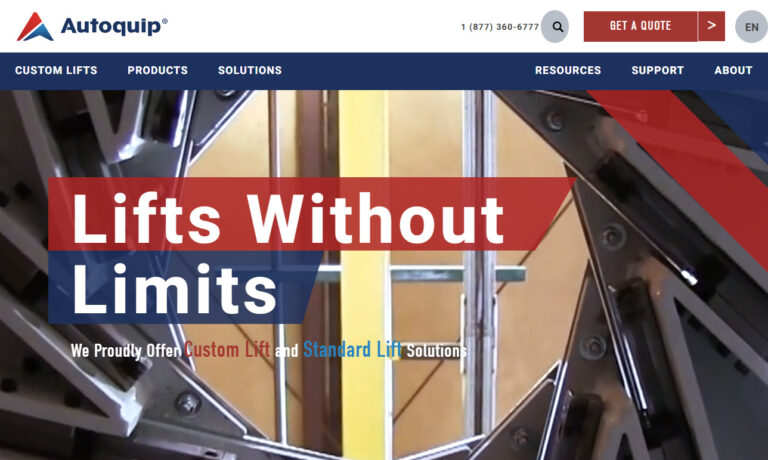
Advance Lifts designs & manufactures hydraulic lifts and other models of material handling equipment. Our ultra high-cycle lifts have a 3,000,000 cycle warranty & our patented platform centering devices reduce lift wear from off centered loading.

We manufacture hydraulic lifts and a whole lot more. Our goal is to be the best in both quality and customer service. In fact, our mission statement stays we will work hard so you can live easier.
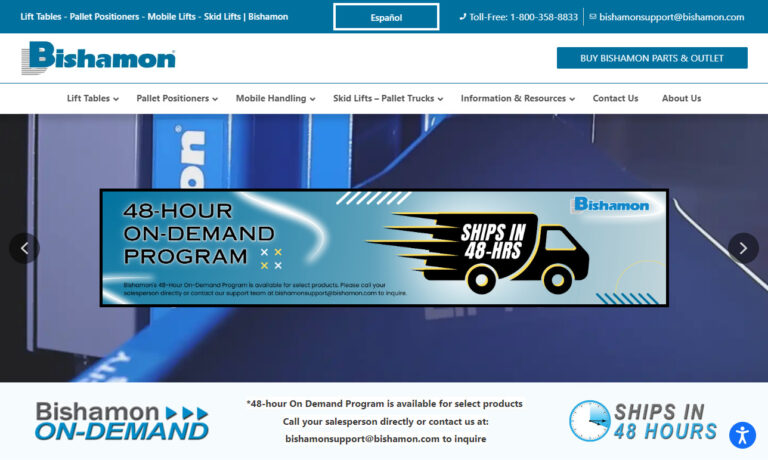
Our hydraulic lifts are a testament to our unwavering commitment to quality and durability. Crafted with exceptional engineering, each product showcases innovative ideas that push the boundaries of what material handling equipment can achieve. We take pride in the heavy-duty materials we utilize, ensuring that our hydraulic lifts meet and exceed the demands of diverse industries.
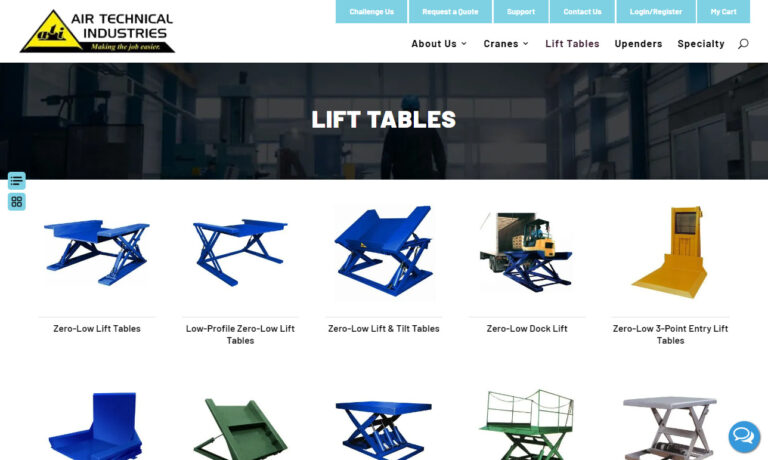
We have a wide line of vertical lifts, but customize each product for our customers’ specific applications. Vertical Reciprocating Conveyors--VRCs are for material handling only and can not be used to transport people.
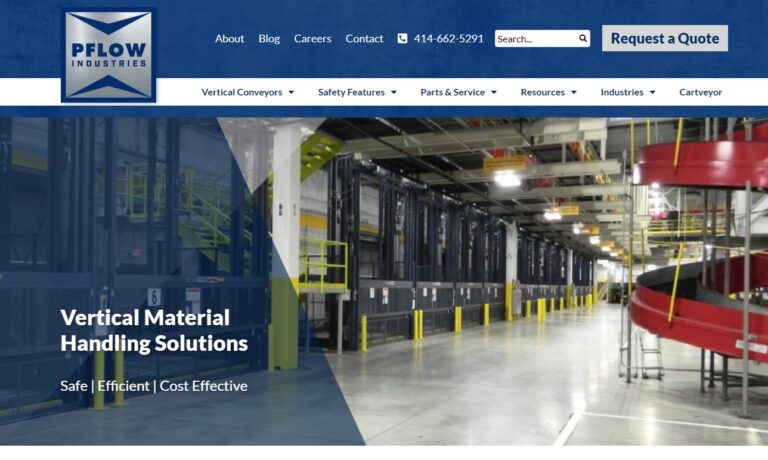
At Metro Hydraulic Jack, we have been distributing pneumatic, hydraulic and mechanical equipment and tools since 1941. Our product lines include automotive lubrication systems, hydraulic tools for construction, hydraulic lifts and similar types of material handling equipment, mobile hydraulic motors and railroad lifting equipment. We also service most lines of equipment.
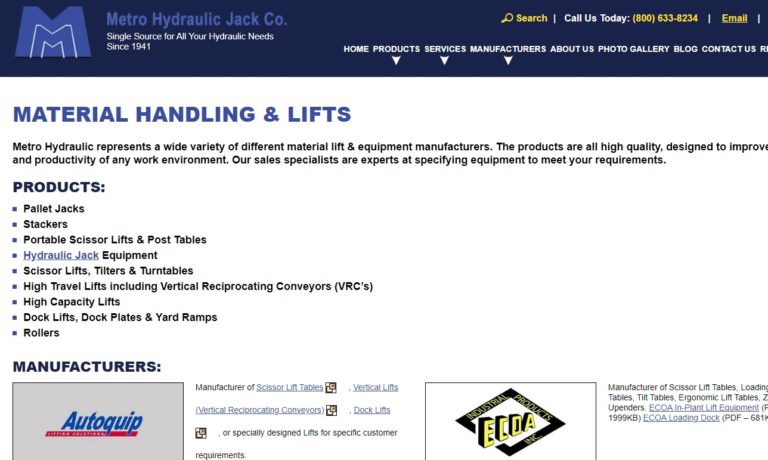
Isotech is a distributor of hydraulic lifts and telescopic lifting columns for medical, radiological, and industrial applications. Our columns provide a stable, reliable, and maintenance free guiding system without any play. We can customize the load, speed, and travel to meet your individual application requirements.
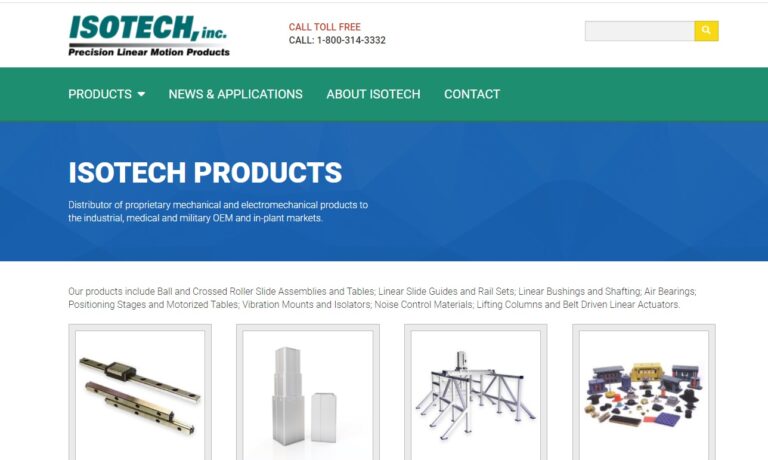
More Platform Lift Manufacturers
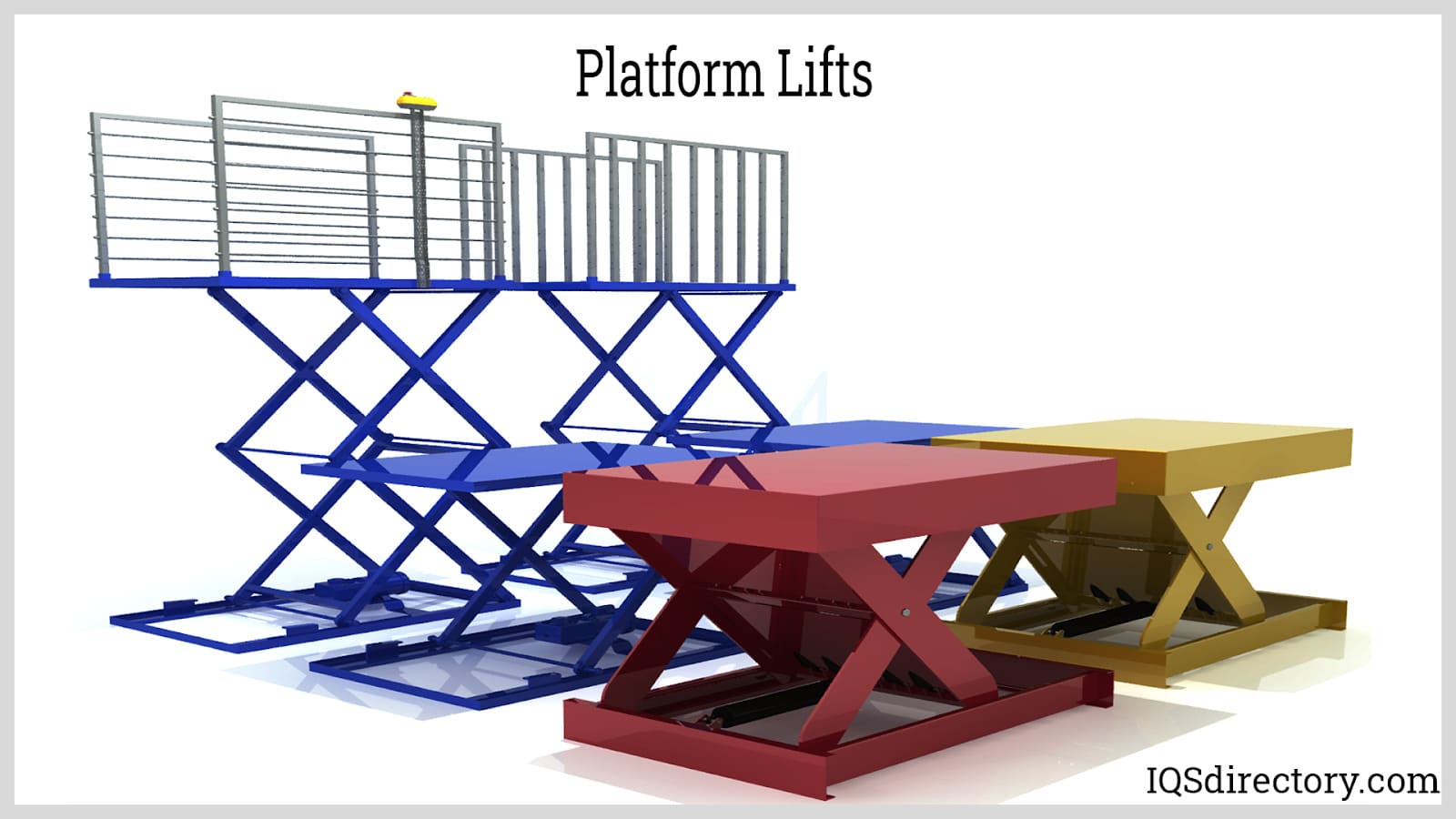
What are Platform Lifts?
The base is commonly a huge truck for easy transportation of the platform, and the arms extend up to the bucket. In addition, the platform can have a base-mounted panel from which the movement of the platform can be controlled.
Platform lifts are used for the transportation of packages at different heights. They are mostly used in operations that involve equipment and protection in high-altitude areas.
Types of Platform Lifts
The different types of platform lifts include:
Hydraulic Scissor Lift
This platform lift is used in multiple industries, including aerospace, entertainment, energy, manufacturing, and transportation. It is the most commonly used type of platform lift. The hydraulic scissor lift consists of a base at the bottom of the lift.
The base offers a stable foundation for the lift when it is being operated. It is typically powered by one to three hydraulic cylinders for vertical movement in the upward and downward directions.
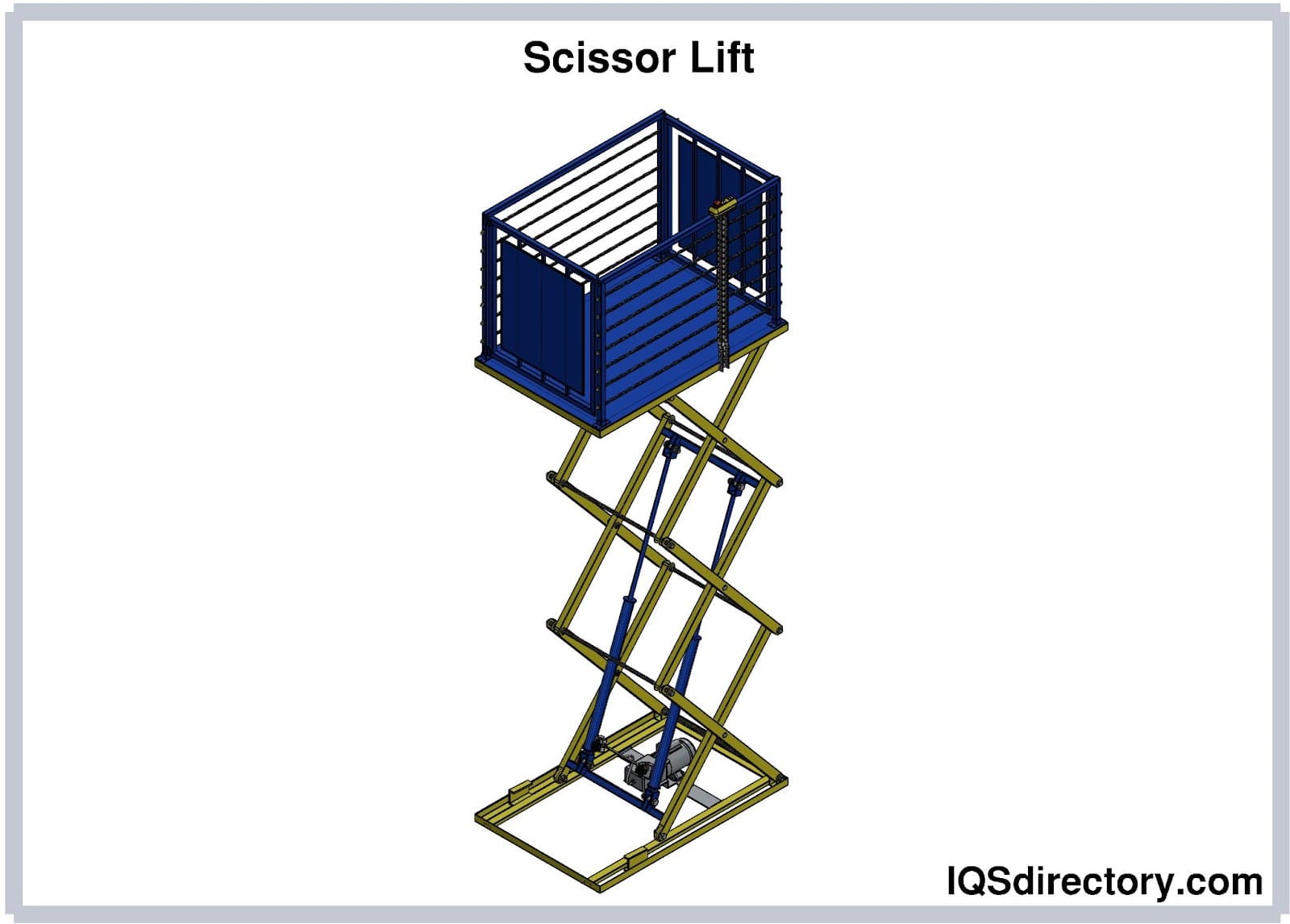
A power source or motor provides the energy for this process. Hydraulic scissor lifts have a platform at the top connected to the legs of the scissor, and it carries the load on the unit.
The top platform of this lift always remains parallel to the ground when it rises from its resting position to the raised position. This, in turn, will ensure that the workers or equipment on the lift remain level and balanced during its movement between various heights. The hydraulic scissor lift's working principle relies on the hydraulic fluid's action and properties, which is utilized in the filling of the cylinders.
The Cylinder-Cylinder Aerial Work Platform
This platform lift is a multi-stage hydraulic cylinder that raises goods in an upright direction. It consists of high-strength material and has an outstanding mechanical performance of the hydraulic cylinder. It also consists of a tower-shaped guard frame that makes it more stable.
It provides superior stability even at very high altitudes. Therefore, it is mostly used in fields and industries where operations are performed at high altitudes. Examples of these are docks, stations, and public buildings.
The Guide Rail Elevator
This type of platform lift is similar to the hydraulic scissor lift, except it is a non-scissor lifting platform. It is utilized to transport goods between the second and third floors of restaurants and industrial plants.
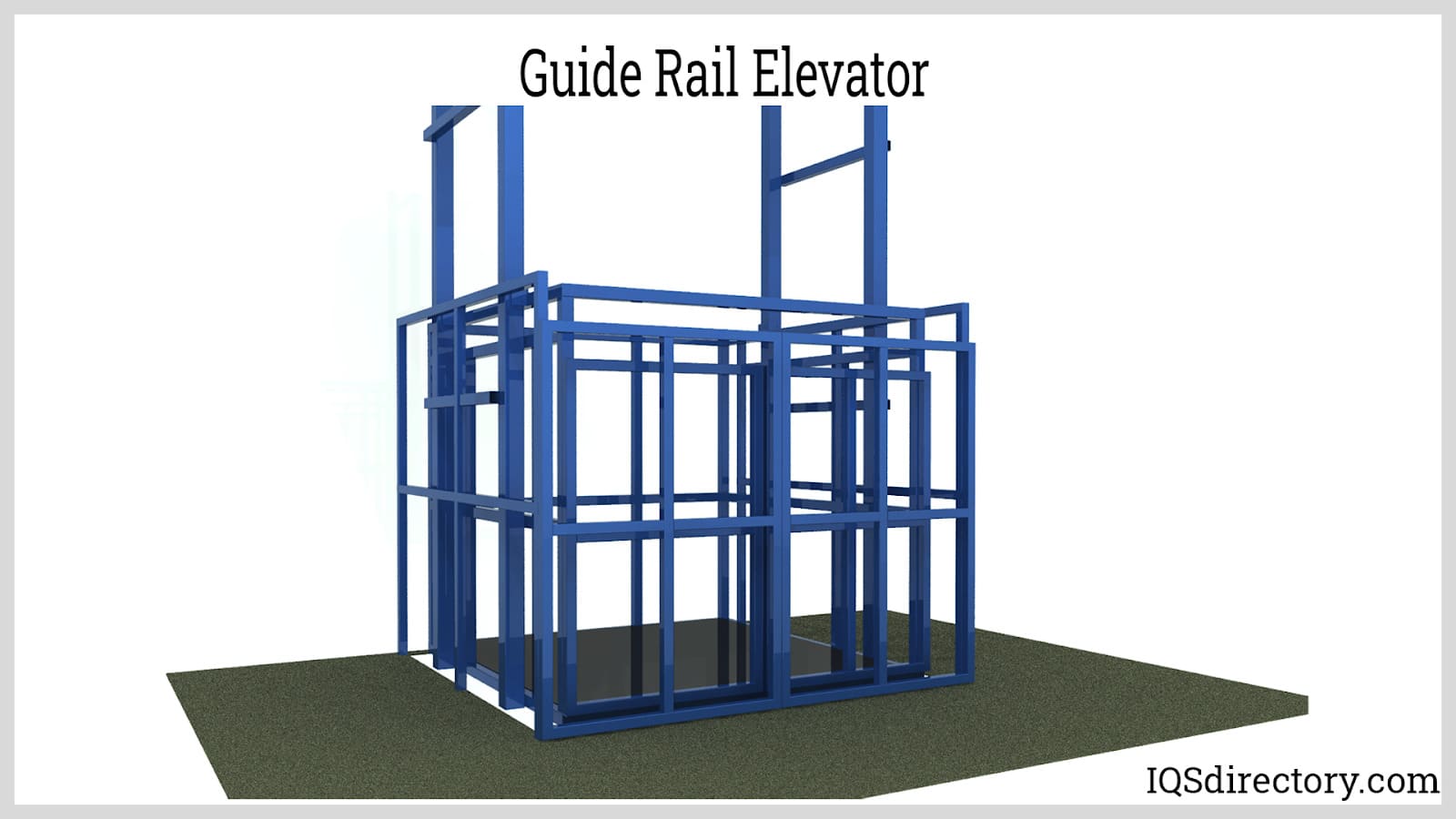
For work sites where pits cannot be excavated, the suitable minimum height is 5.9 to 11.8 inches (150-300 mm). This type of equipment runs smoothly, and its operation is simple and reliable. The transmission of the goods by this platform lift is economical and convenient.
Self-Propelled Freight Elevator
This type of platform lift is an operation channel of high altitude. It relies on the battery for driving and can control walking and steering on the table. Of all the high-altitude operation equipment, it is the most advanced currently.
It is capable of walking at the highest height, and its operation is highly automated. It consists of a pothole protection system that provides maximum safety. It offers safe ground clearance, enabling the carrying-out of indoor operations. Finally, it is reliable, robust, and easy to repair.
Aluminum Alloy Single-Mast Elevator
This type of platform lift has a maximum height of 23 to 26 feet (7 to 8 m). The carrying capacity of this lift is 220 pounds (100 kg). This machine is lightweight, flexible, and suitable for operation by a single person. It is capable of entering a general specification doorway as well as the elevator of a building after condensation.
Applications and Benefits of Platform Lifts
The applications and benefits of platform lifts include:
Applications and Uses of Platform Lifts
- Municipal repairs
- Docks
- Logistics goods transportation
- Construction
- Decoration
- Providing movement in the vertical plane between floors
Benefits of Platform Lifts
- They are cost-effective and durable
- Hydraulic scissor lifts are lightweight and small, with the ability to raise heavy objects
- They are economical and convenient
- They are efficient and capable of carrying heavy loads while retaining their speed and safety
- They do not use up a lot of energy
- When it comes to the transportation of people, platform lifts are safer than staircases
Choosing the Right Platform Lift Manufacturer
To ensure you have the most positive outcome when purchasing a platform lift from a platform lift manufacturer, it is important to compare several companies using our directory of platform lift manufacturers. Each platform lift manufacturer has a business profile page highlighting their areas of experience and capabilities, along with a contact form to directly communicate with the manufacturer for more information or request a quote. Review each platform lift business website using our patented website previewer to quickly learn what each company specializes in. Then, use our simple RFQ form to contact multiple platform lift companies with the same form.

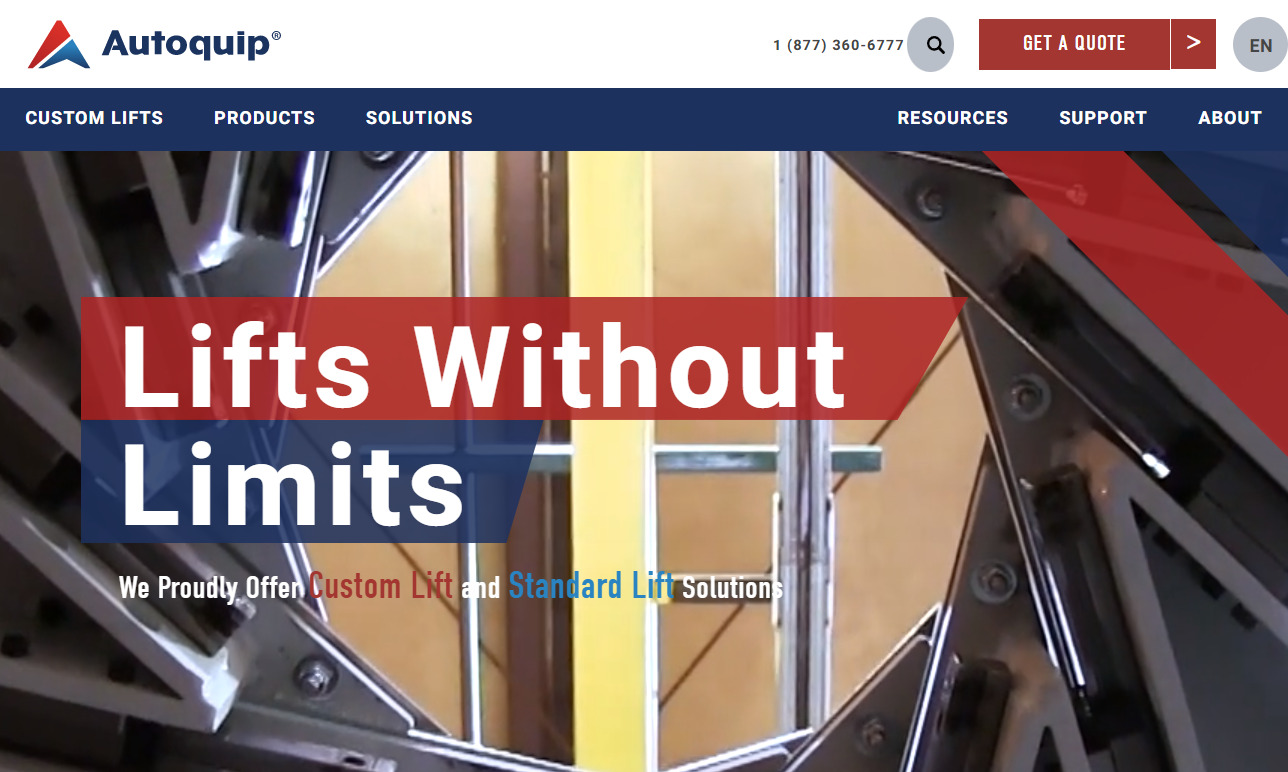
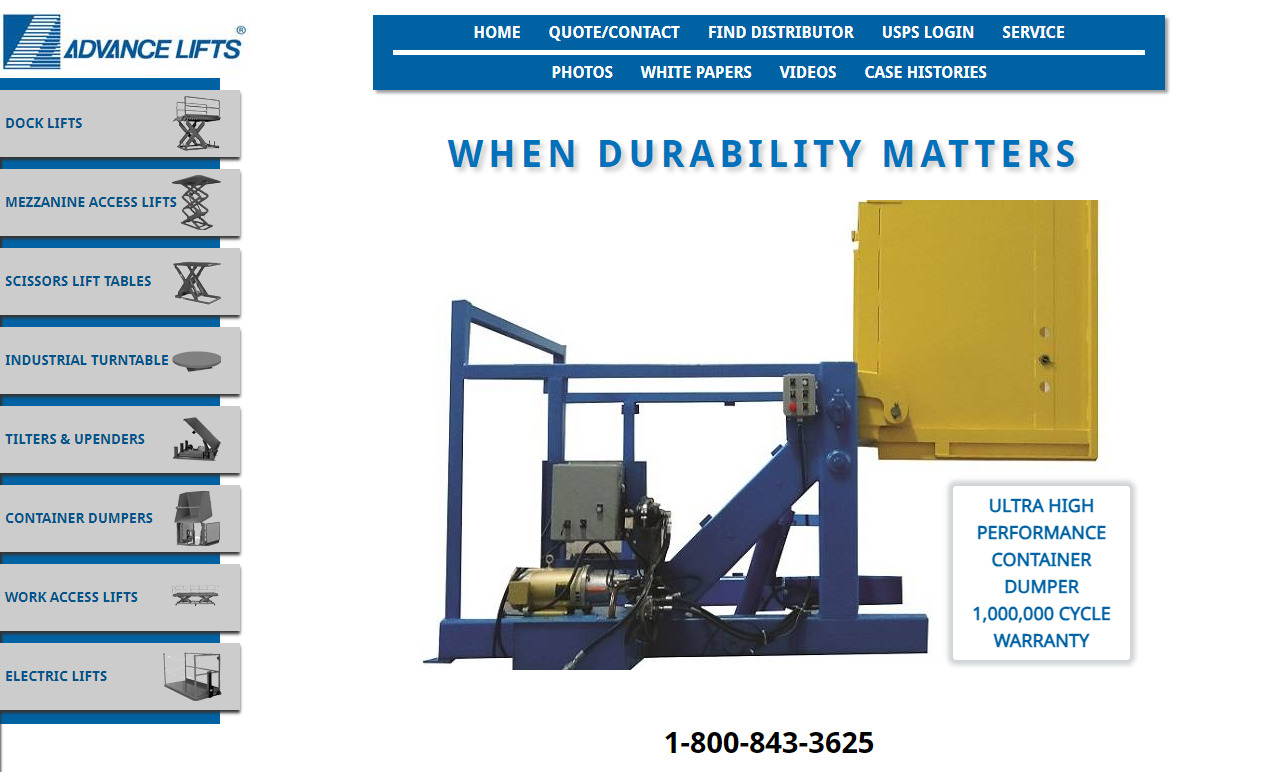
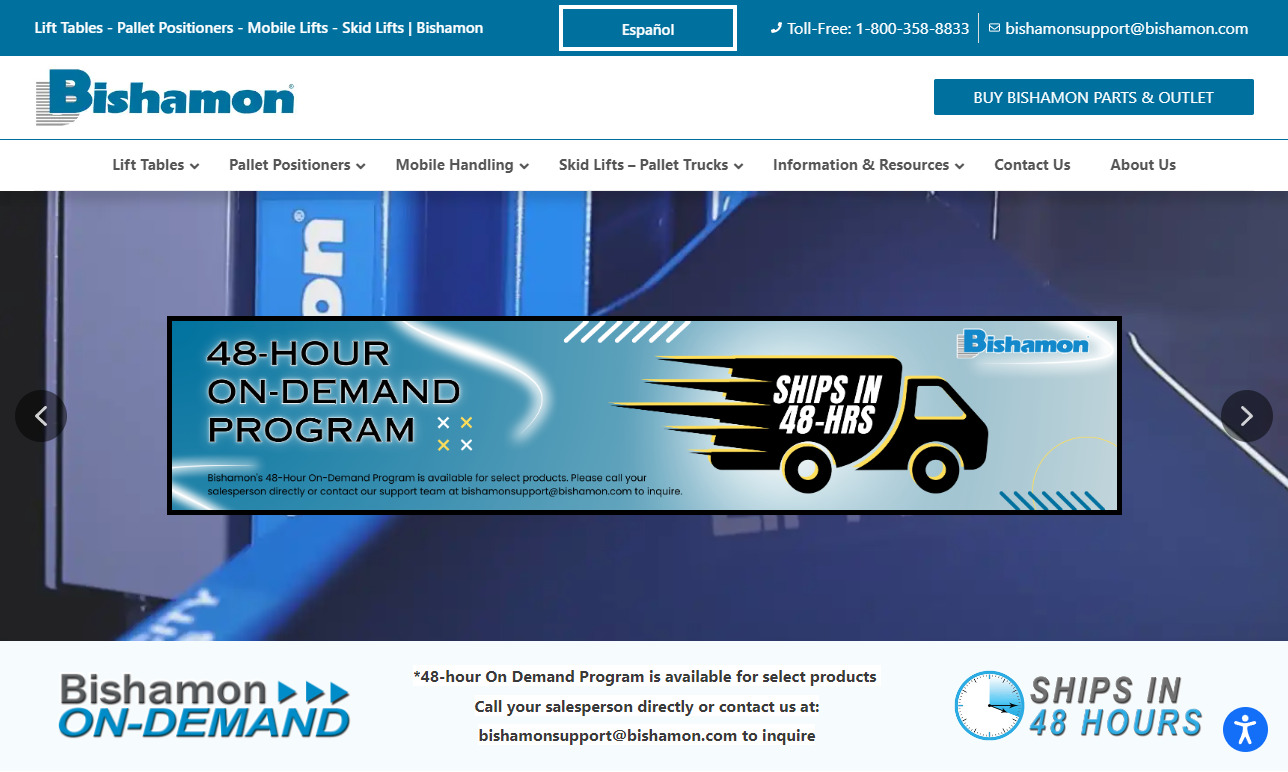
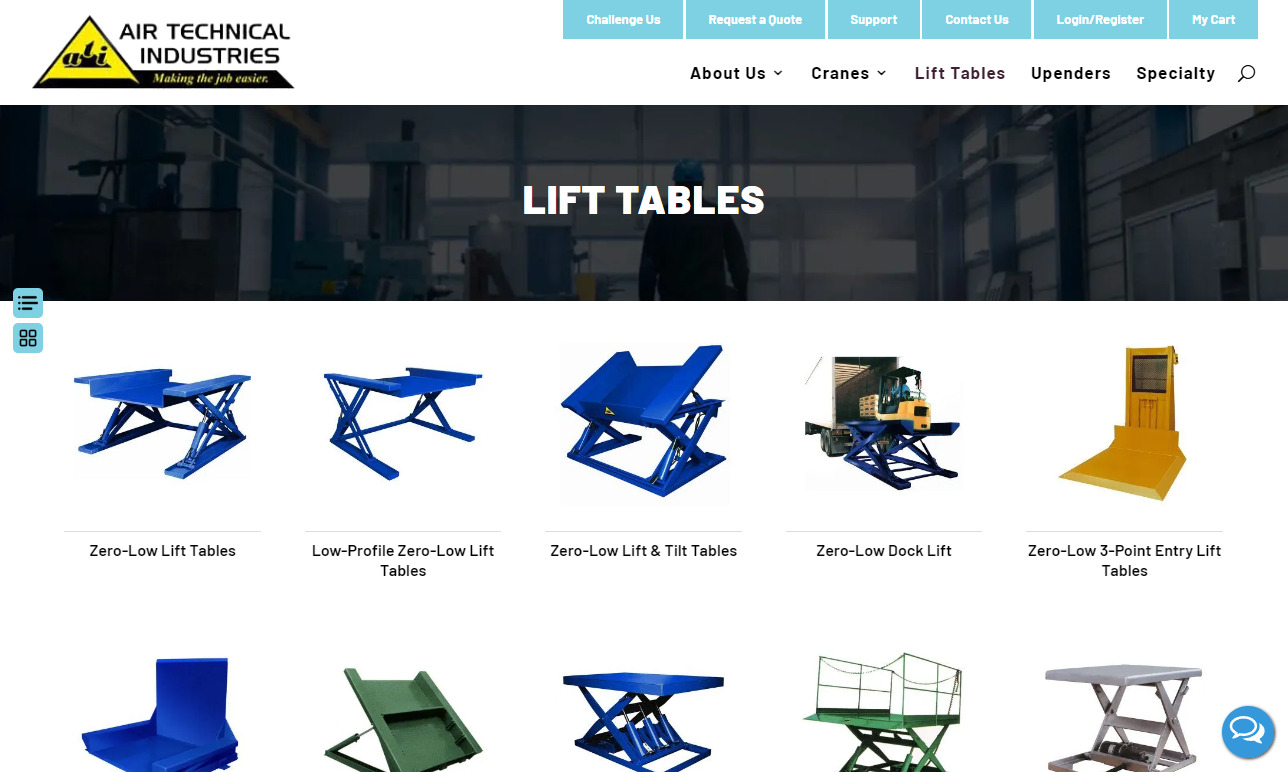
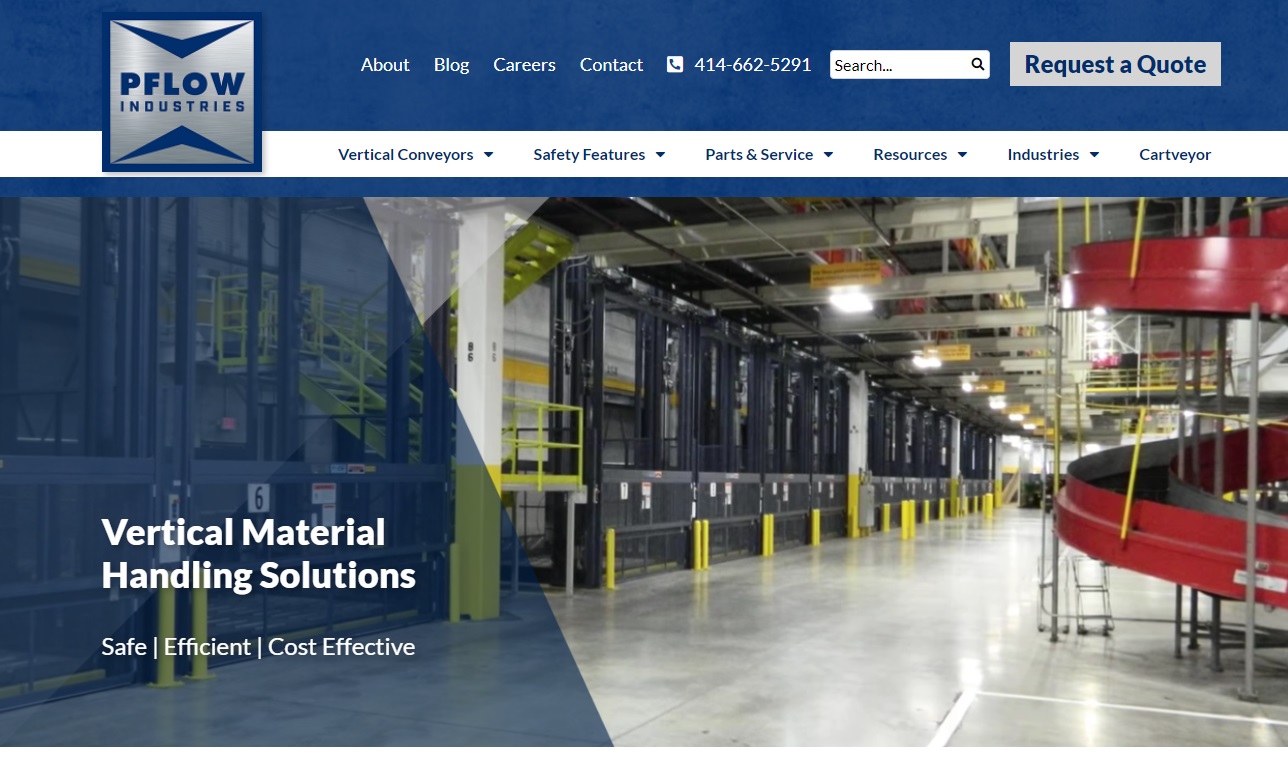
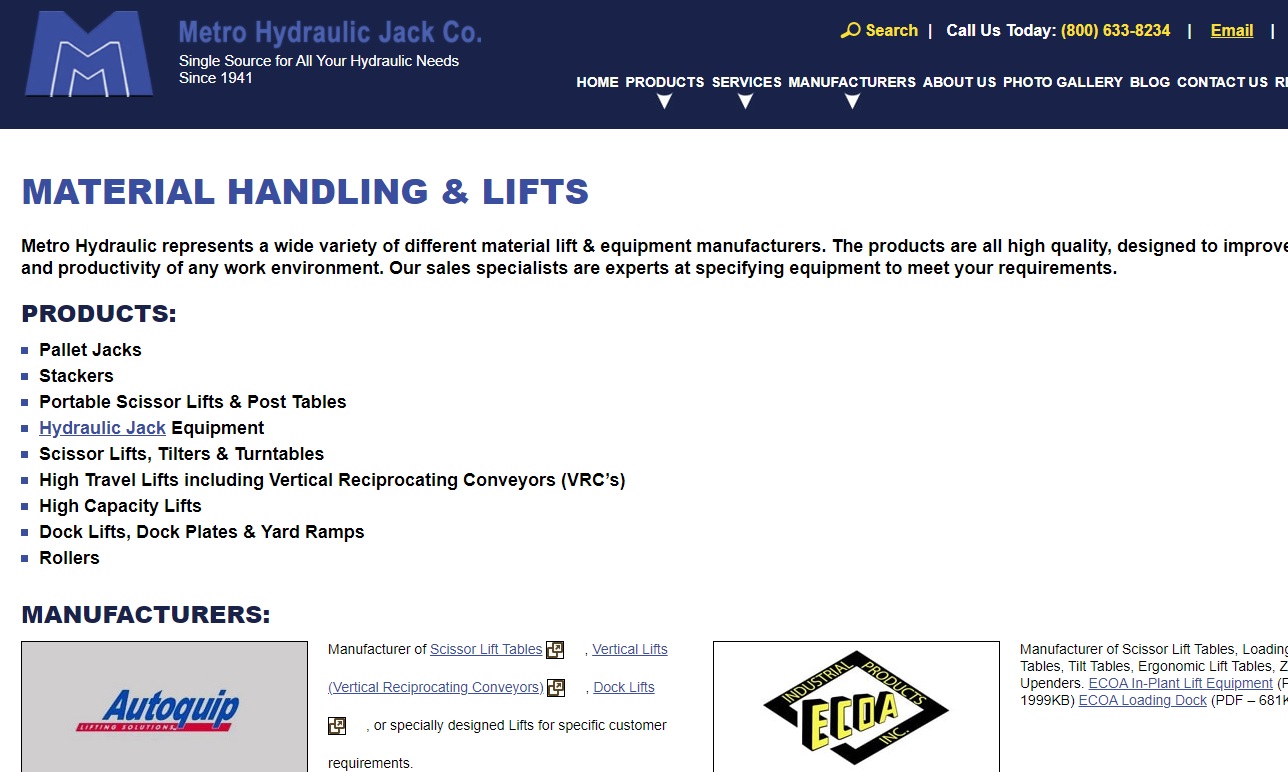
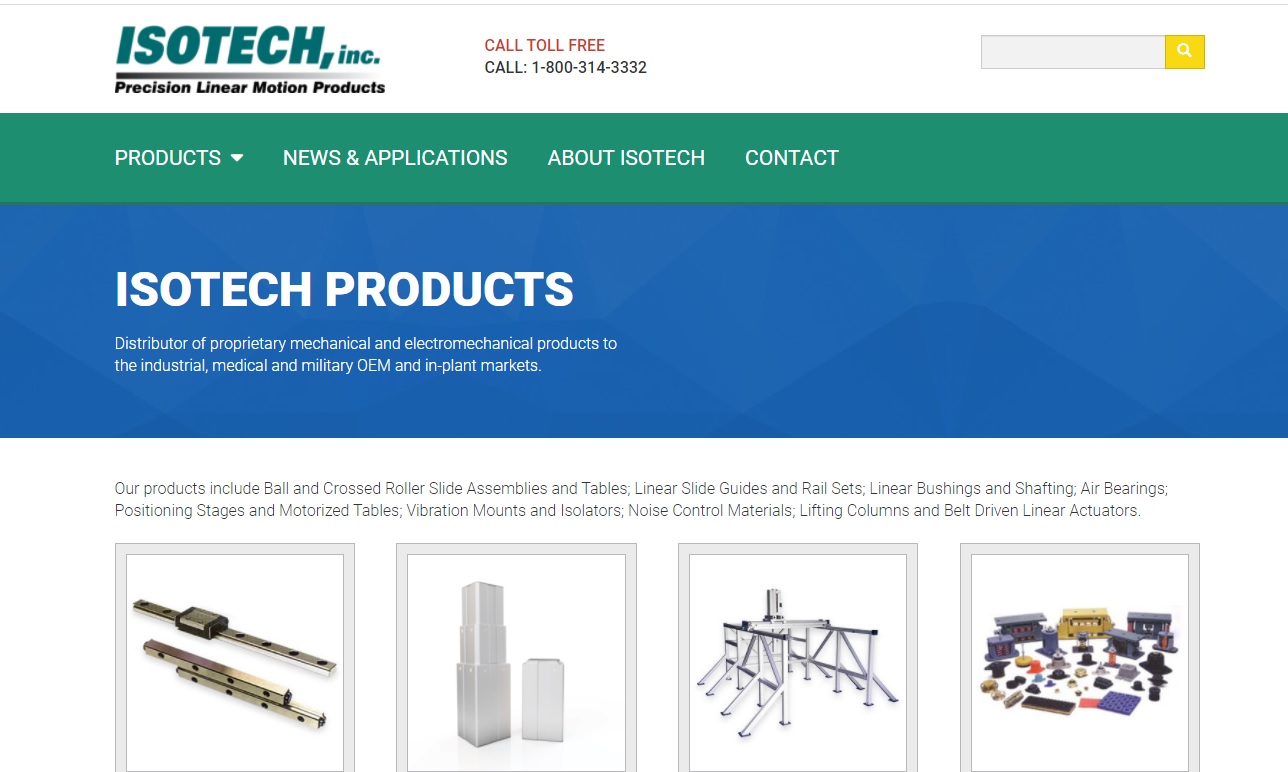
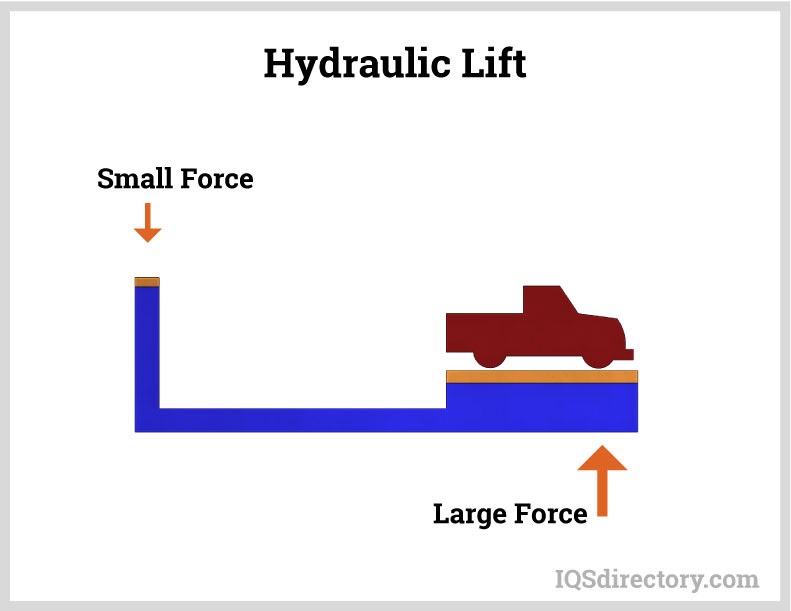
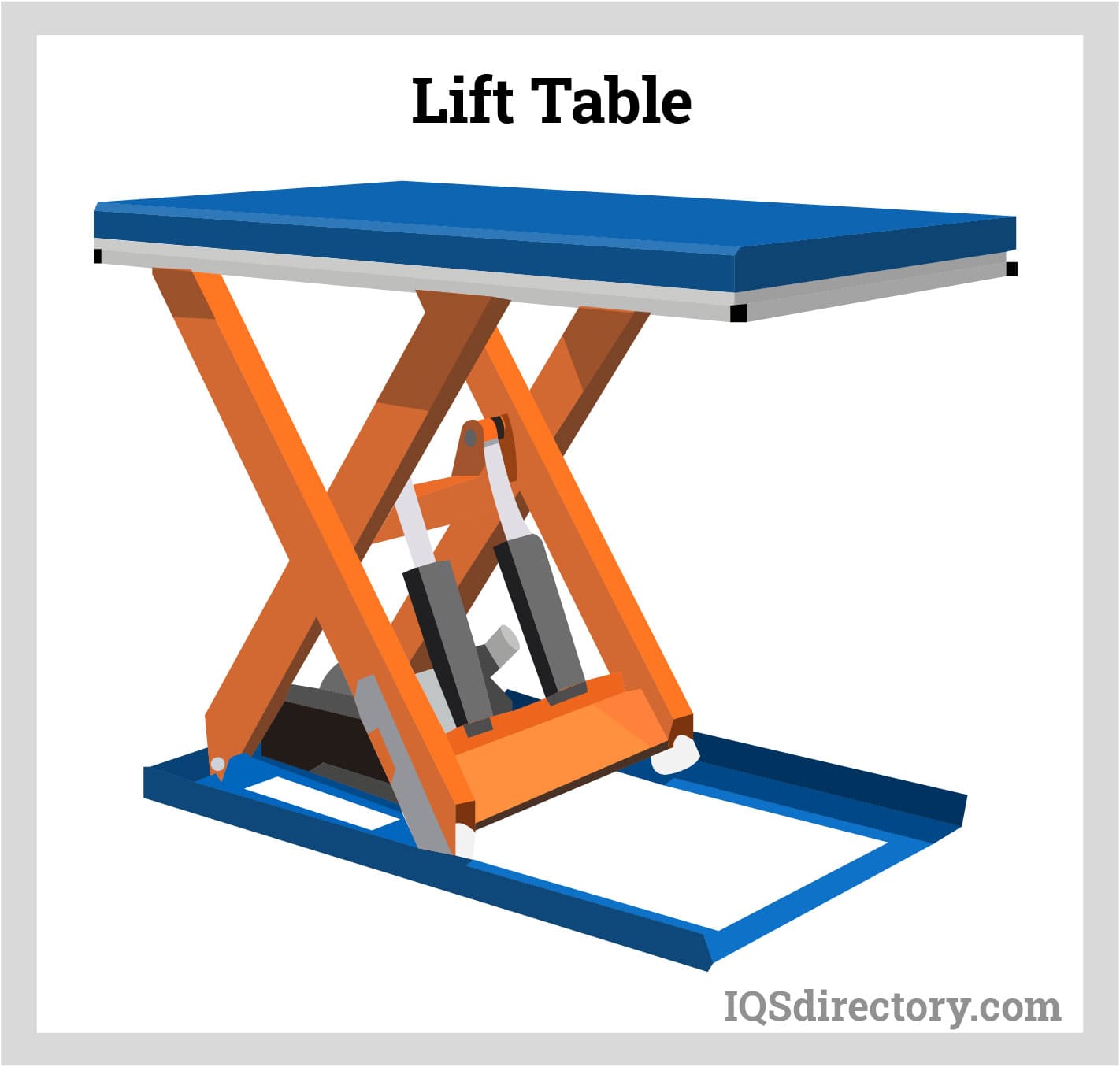



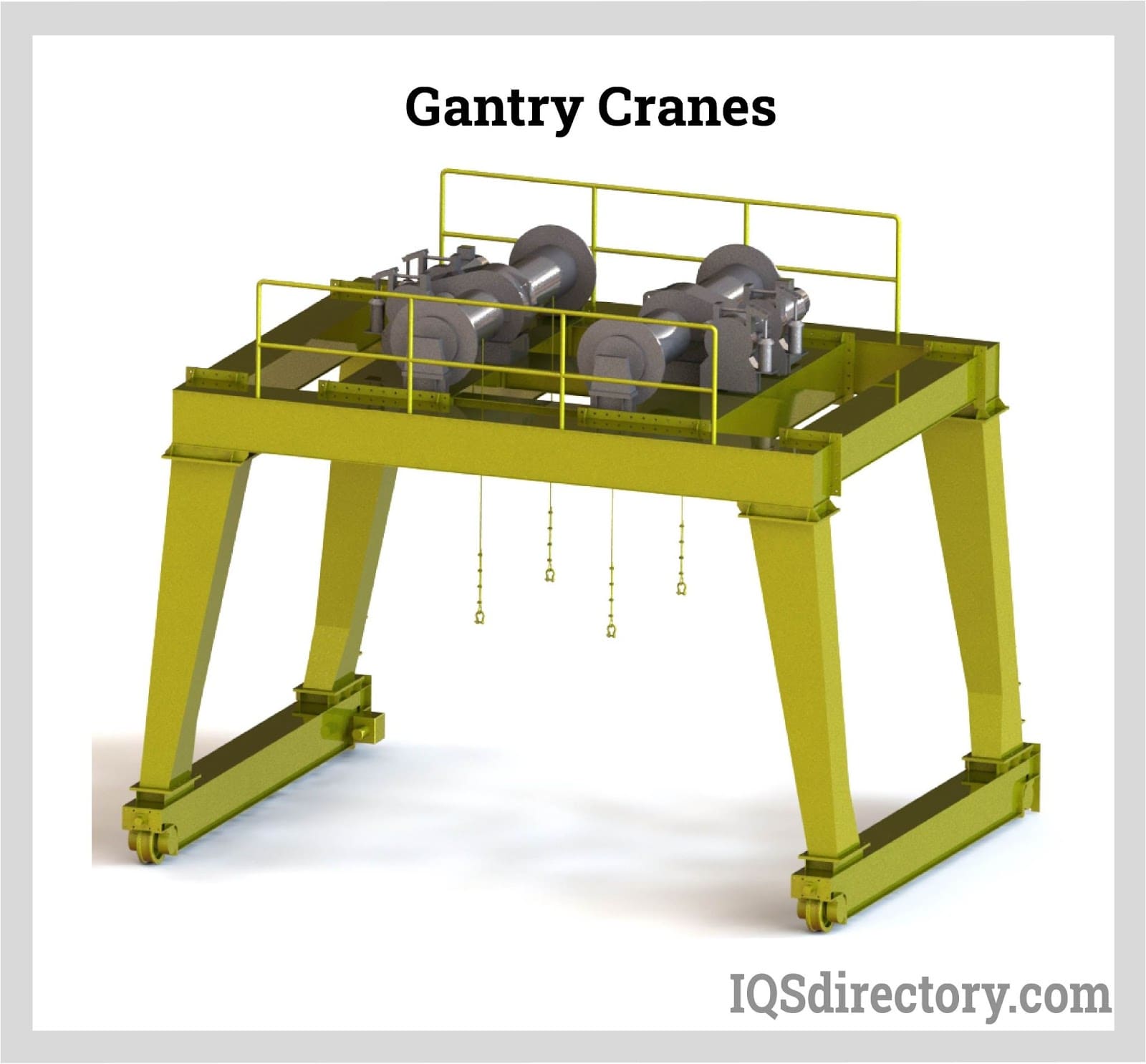
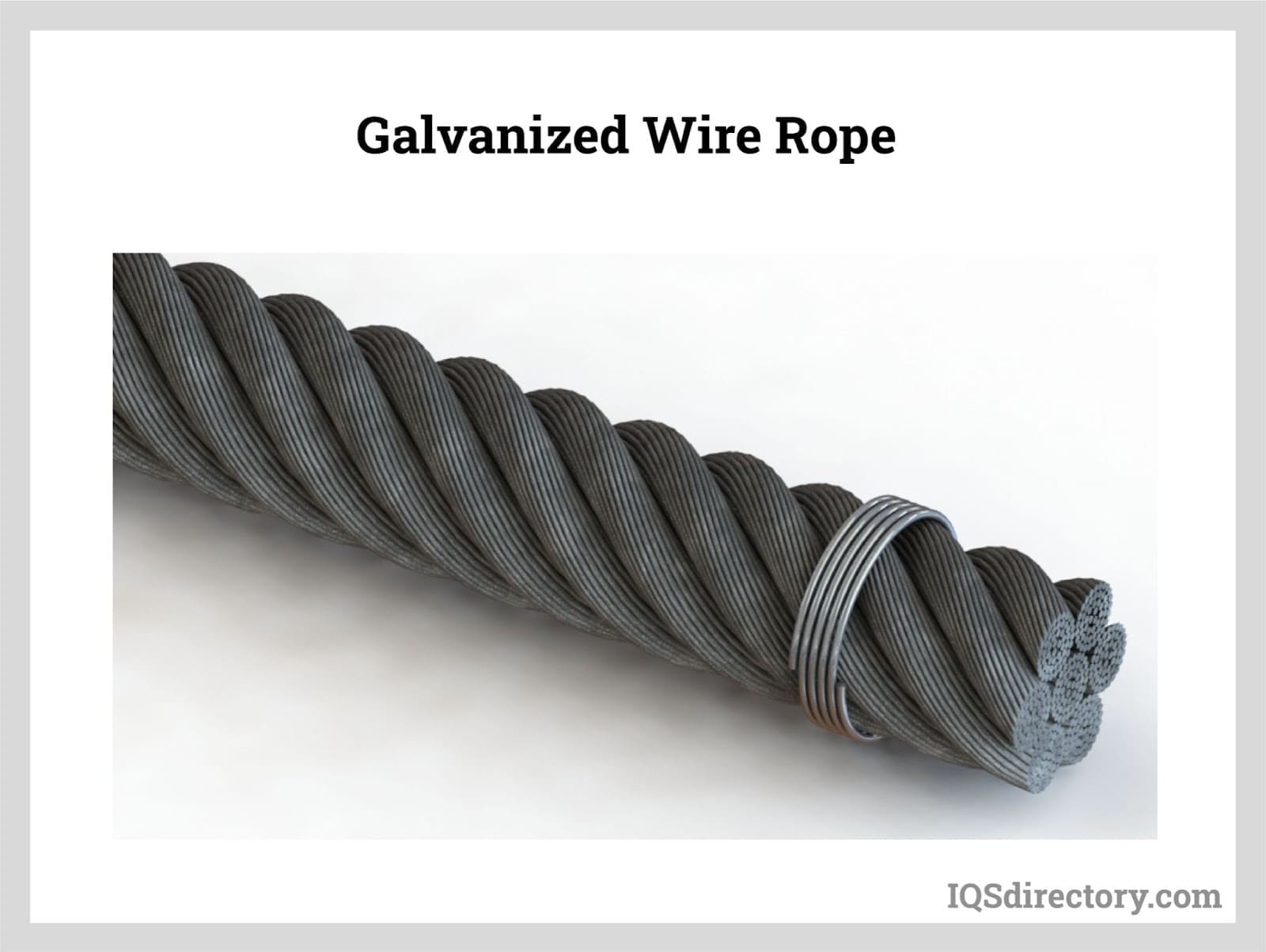
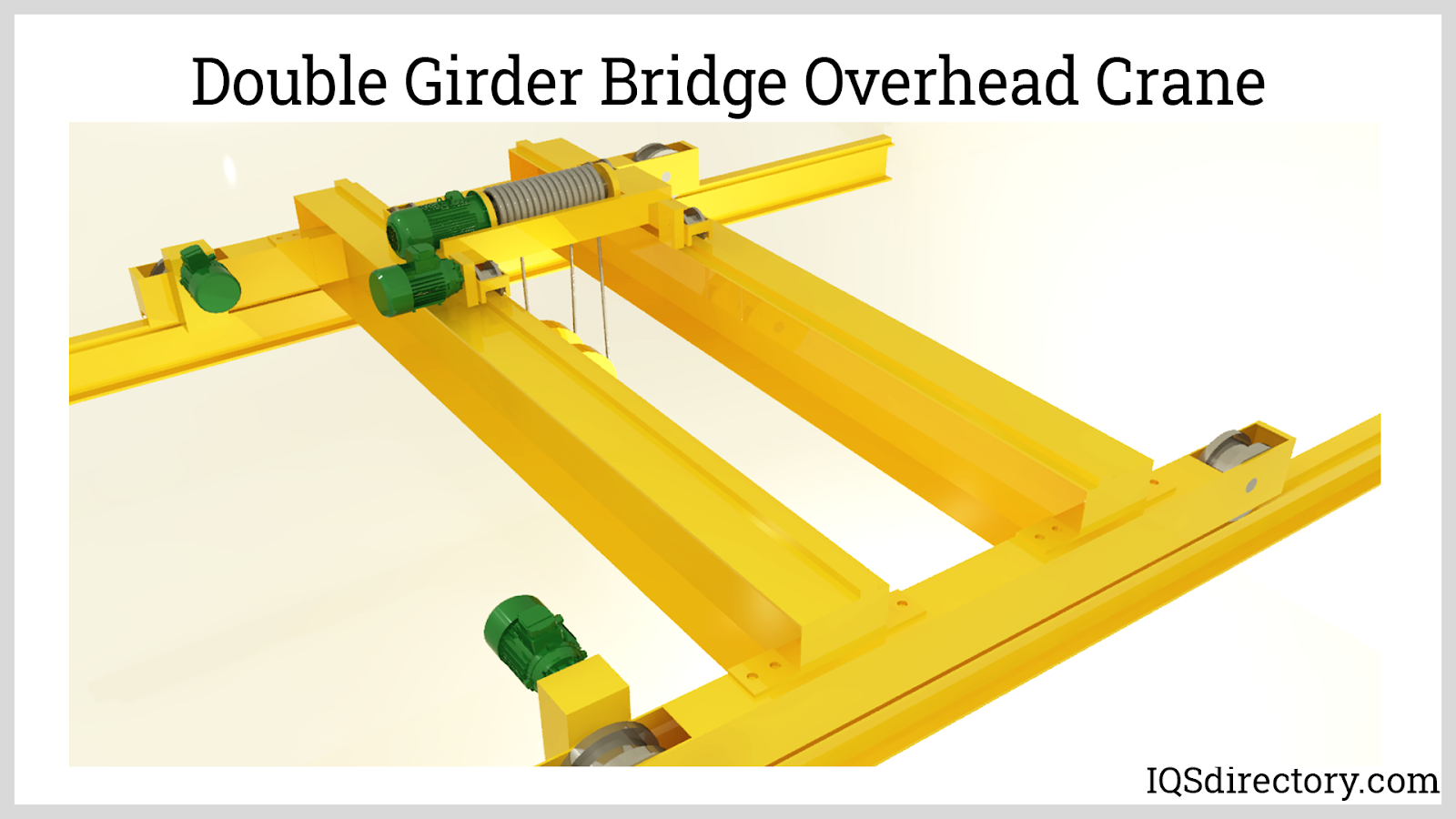
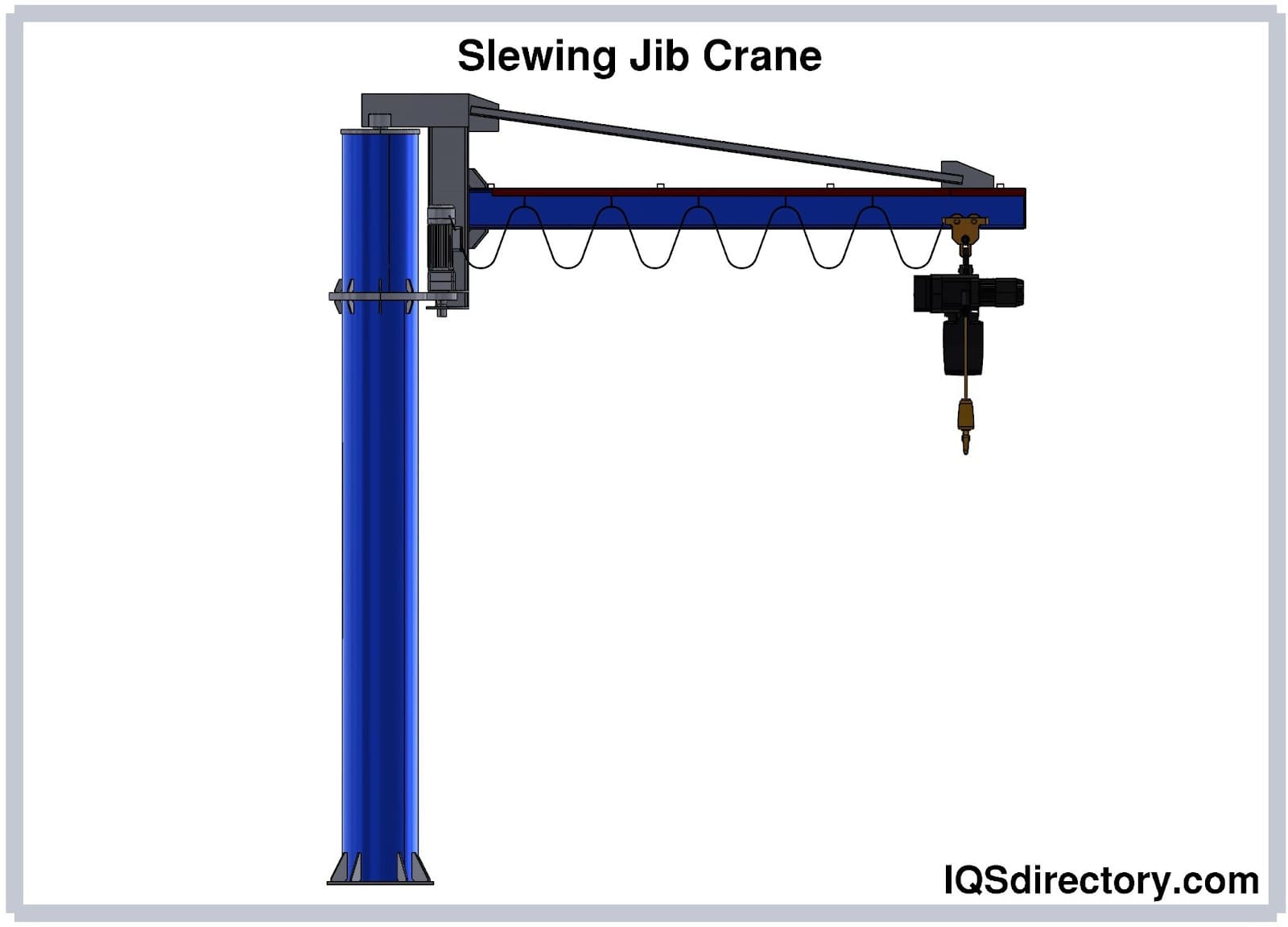
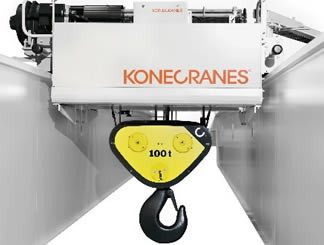 Cranes
Cranes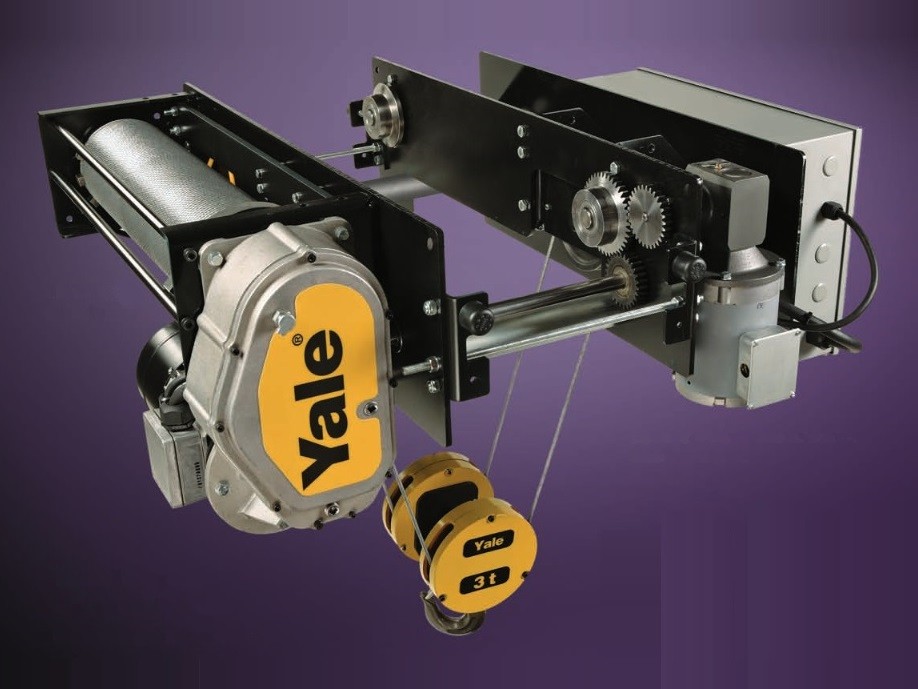 Electric Hoists
Electric Hoists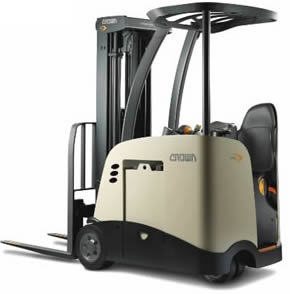 Forklifts
Forklifts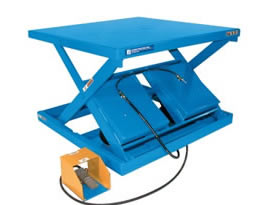 Hydraulic Lifts
Hydraulic Lifts Rope
Rope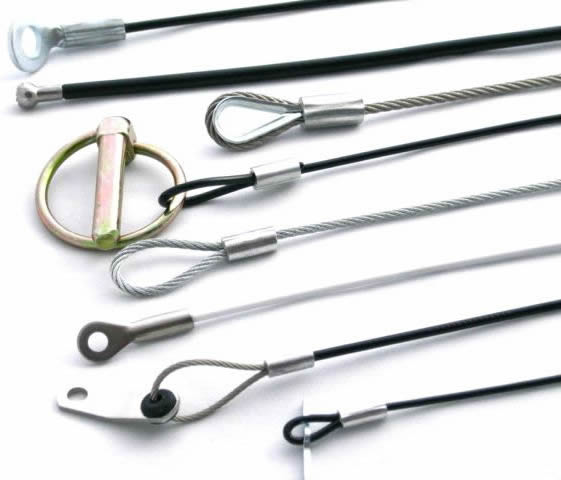 Wire Rope
Wire Rope Castings & Forgings
Castings & Forgings Bulk Material Handling
Bulk Material Handling Electrical & Electronic Components
Electrical & Electronic Components Flow Instrumentation
Flow Instrumentation Hardware
Hardware Material Handling Equipment
Material Handling Equipment Metal Cutting Services
Metal Cutting Services Metal Forming Services
Metal Forming Services Metal Suppliers
Metal Suppliers Motion Control Products
Motion Control Products Plant & Facility Equipment
Plant & Facility Equipment Plant & Facility Supplies
Plant & Facility Supplies Plastic Molding Processes
Plastic Molding Processes Pumps & Valves
Pumps & Valves Recycling Equipment
Recycling Equipment Rubber Products & Services
Rubber Products & Services